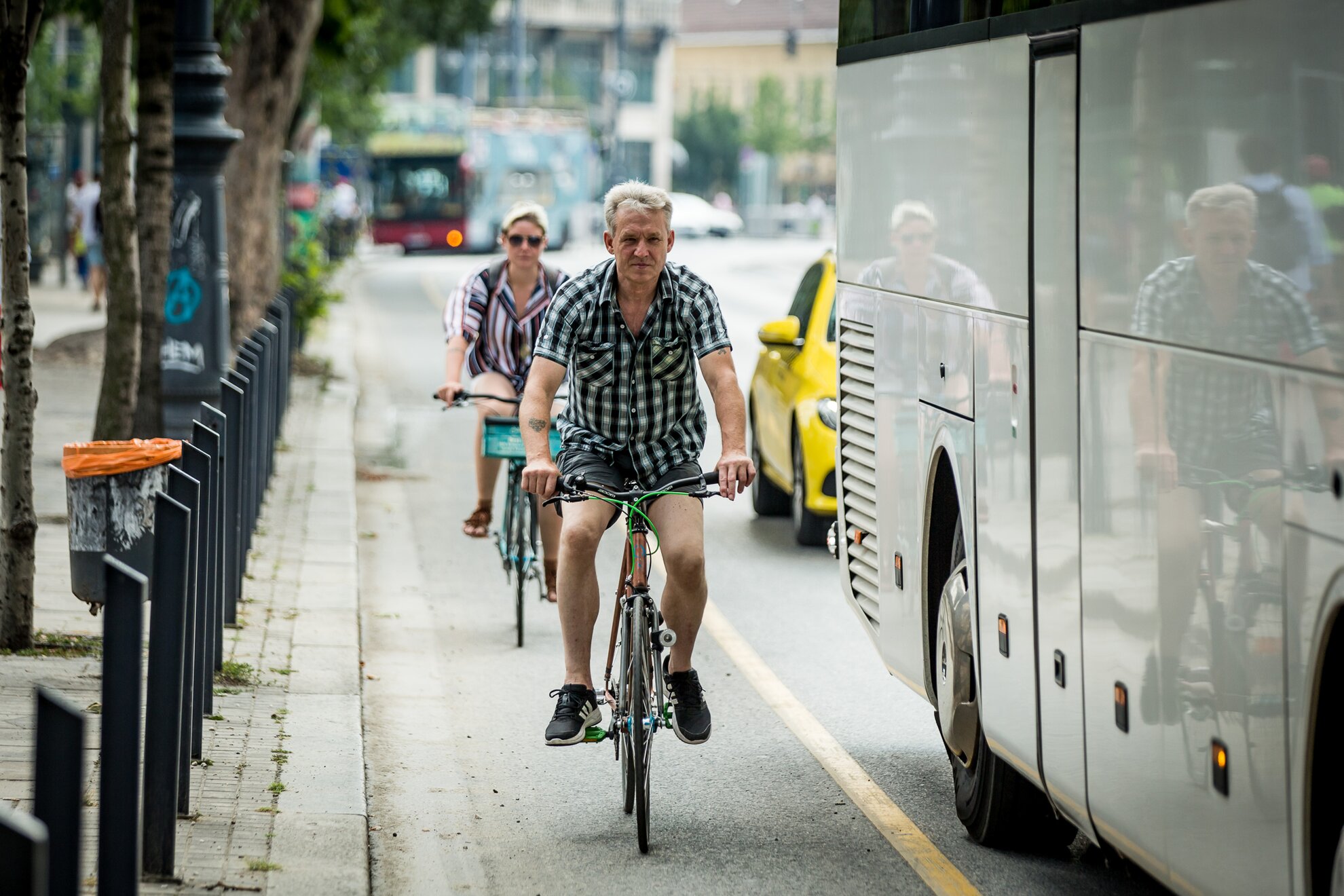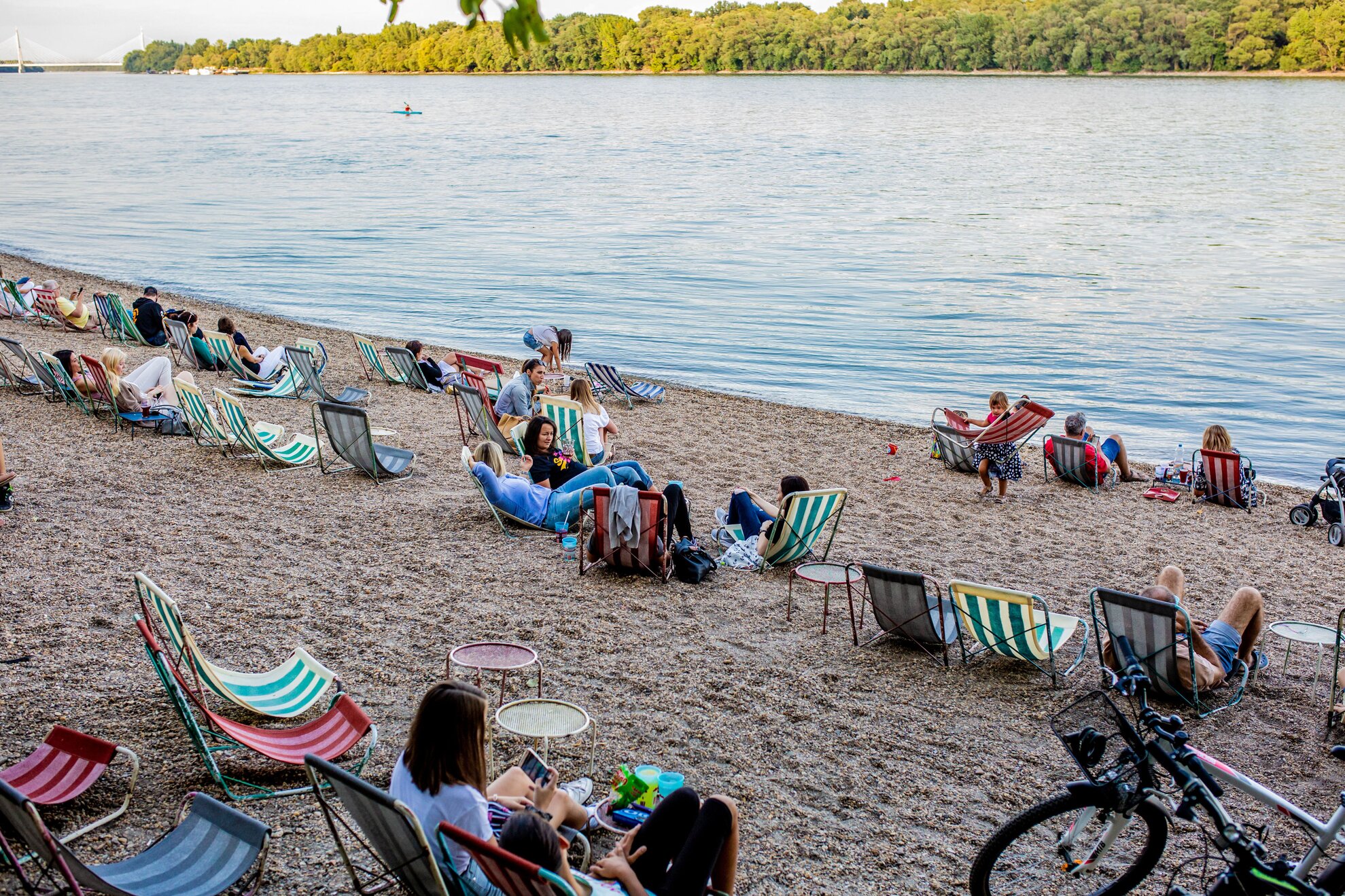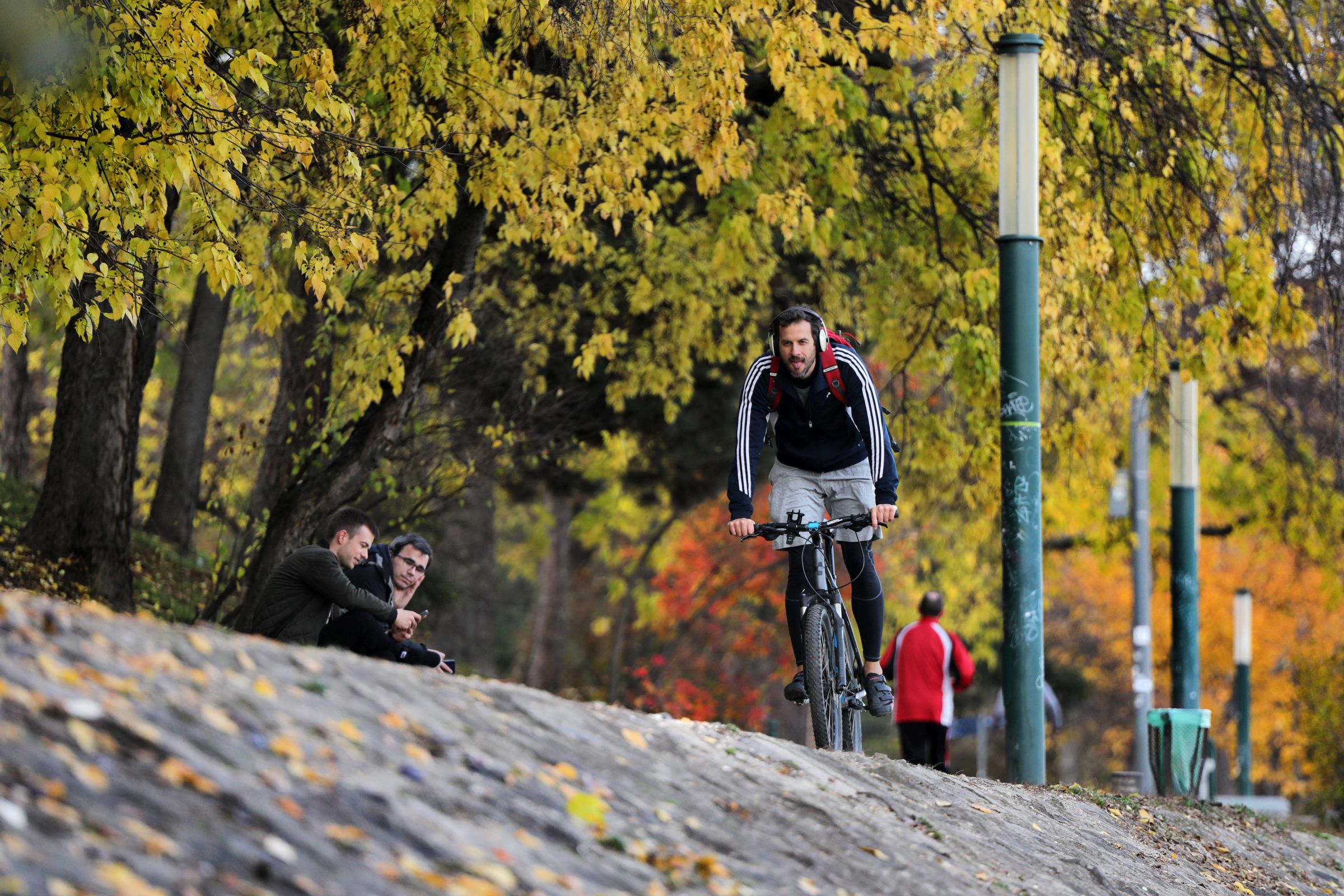Budapest has just adopted a new strategy for sustainable energy and climate-change action. It sets out the vital steps needed for the substantial reduction of the city’s emissions, noise and waste generation over the next decade, and helps tackle the inevitable effects of climate change. This initiative also aims to reduce greenhouse gas emissions by at least 40% by 2030. In addition, the Dezső Radó Plan involves the development and maintenance of a greater green infrastructure.
The new weather patterns resulting from climate change mean long dry periods and occasional extreme rainfall, a challenge for the capital’s drainage system. Rainwater then floods the streets, causing serious problems, especially for traffic.
The water levels of the Danube in the capital have been declining. If this becomes permanent, it could also cause serious
quantitative and qualitative problems for Budapest’s supply of drinking water.
Summers
are getting hotter: the average annual temperature in Budapest has risen by
more than 1°C in recent years, and may rise by a further 1-2°C in the coming decades.
Climate Strategy for Budapest

The new Climate Strategy has set a serious target of a 40% reductions in emissions. One third of Budapest's homes need major energy refurbishment, and the proportion of car traffic in town needs to be reduced to 30% from the current 61%.
The amount of electricity produced by solar panels should be increased 130 times, the local heating supply should switch to the use of at least 50% renewable energy, and the size of protected natural areas of local significance should be increased by at least 350 hectares.

This action plan for emission
reductions includes the modernisation of the energy facilities of public
utilities, including lighting, the renovation of the Town Hall and the
promotion of solar energy.
Better traffic management includes an improved infrastructure
for cyclists and pedestrians, the promotion of electric and low-emission
vehicles and the designation of low-emission zones.

The Climate Strategy lists several developments linked to the initiative such as the renewal and further development of city parks (Népliget, Margaret Island, Városliget, North Csepel City Park, Gellért Hill, Horváth Garden, Vérmező and Városmajor), the rehabilitation of the Danube embankment (Pünkösdfürdő, Római-part, Háros island, the riverside at Ráckeve-Soroksár, Népsziget and Újpest bay), and the expansion of areas for recreation and nature conservation.
Green infrastructure for Budapest
Named in honour of ecologist Dezső Radó, another action plan for the capital has the aim putting the long-term concept of a green infrastructure that Budapest adopted in 2017 into specific projects. These are to be implemented in the medium term.
Dezső Radó
Dezső Radó (1923-2001) was a special figure in the Hungarian green movement. For 22 years, he headed the City’s garden department, one of the most prosperous periods in its 150-year history in terms of research, development and maintenance. Radó’s individual ambition was to add real value to urban trees and green spaces. It is no coincidence that this became the bedrock for Budapest’s comprehensive green space expansion project.
The overall goals of today’s Radó Dezső Plan include maintaining a green infrastructure, increasing biodiversity and expanding smart green infrastructure services.
The priority is to increase the amount of green space per capita from the current 6m² to 7m² by 2030. At city level, this means 226 hectares of new parks, the equivalent of more than two new green spaces the size of Margaret Island. Equal emphasis should also be placed on maintaining them.




